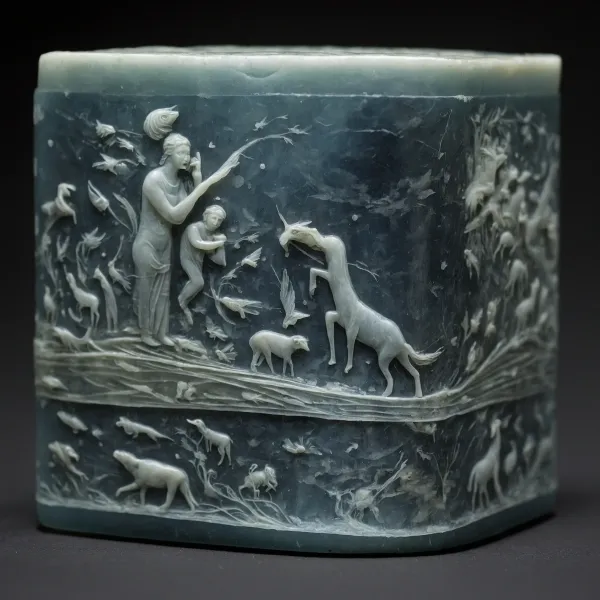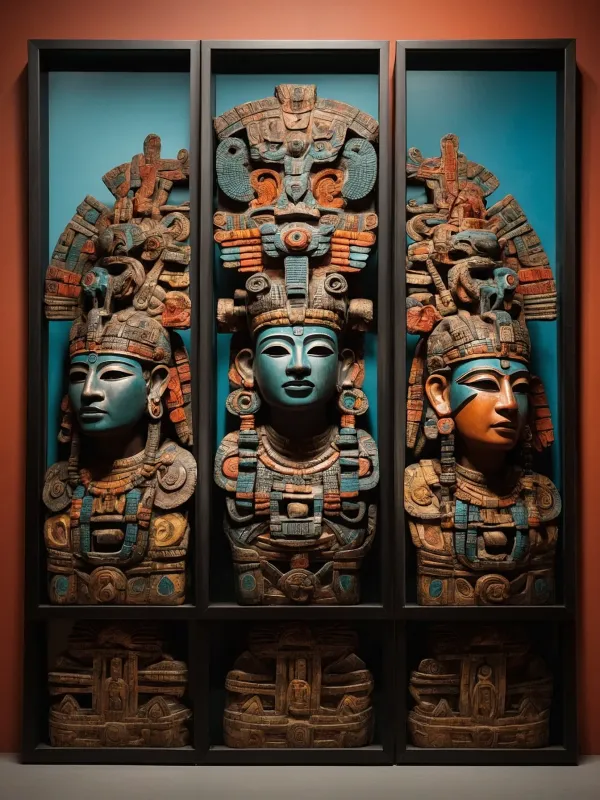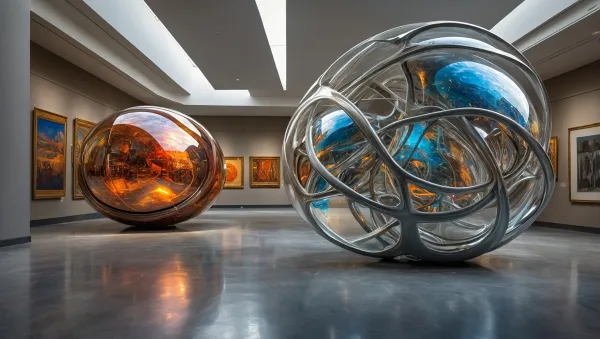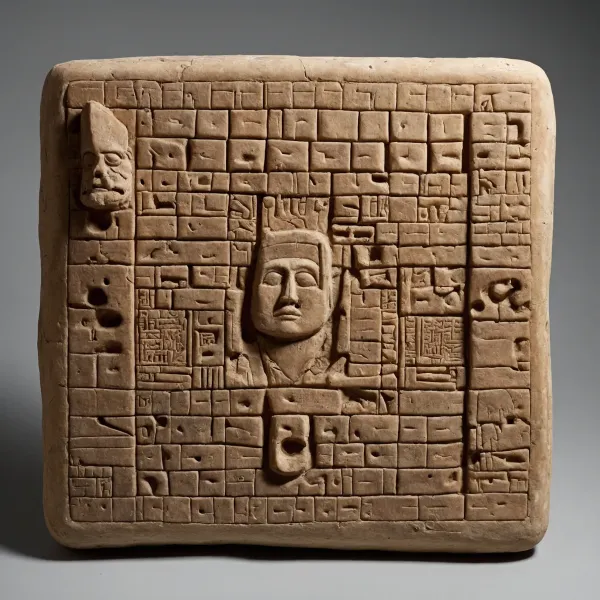Pulsing Glass
A glass sculpture of extraordinary beauty can also hide the beating of a broken heart.

Some of the most unique and exquisite glass pieces in design history came from the minds of Joseph Lindor and Alexis Linden. Lindor & Linden's first workshop opened in Basel, Switzerland, in 1949. Soon their creations became a symbol of luxury and refinement. Within 5 years, they inaugurated 10 satellite ateliers in 8 different countries (today, only the original Swiss workshop and its Parisian counterpart remain).
Their most famous piece was, no doubt, the Blooming Rose, a glass sculpture of exceptional rarity and beauty. Lindor & Linden took on the job themselves, from the ideation to the crafting, which they hardly did anymore come the late 1950s, delegating to their many skilled apprentices instead.
Lindor and Linden were extremely secretive about their craftsmanship. To this day, no one has been able to duplicate their exact technique, and no other piece has shown the extraordinary light properties the Blooming Rose possesses.
Our technique, monsieur? We capture souls in glass.
-Alexis Linden
The Blooming Rose was made-to-order for British novelist Wayland Forrester. He gifted it in turn to his oldest and dearest friend, socialite Marian Summerling. The exquisite glass sculpture was Forrester's wedding present to Ms. Summerling, when she married American banker Sutherland Yale in 1958. The author didn't attend the nuptials, though, which took a toll on their friendship.
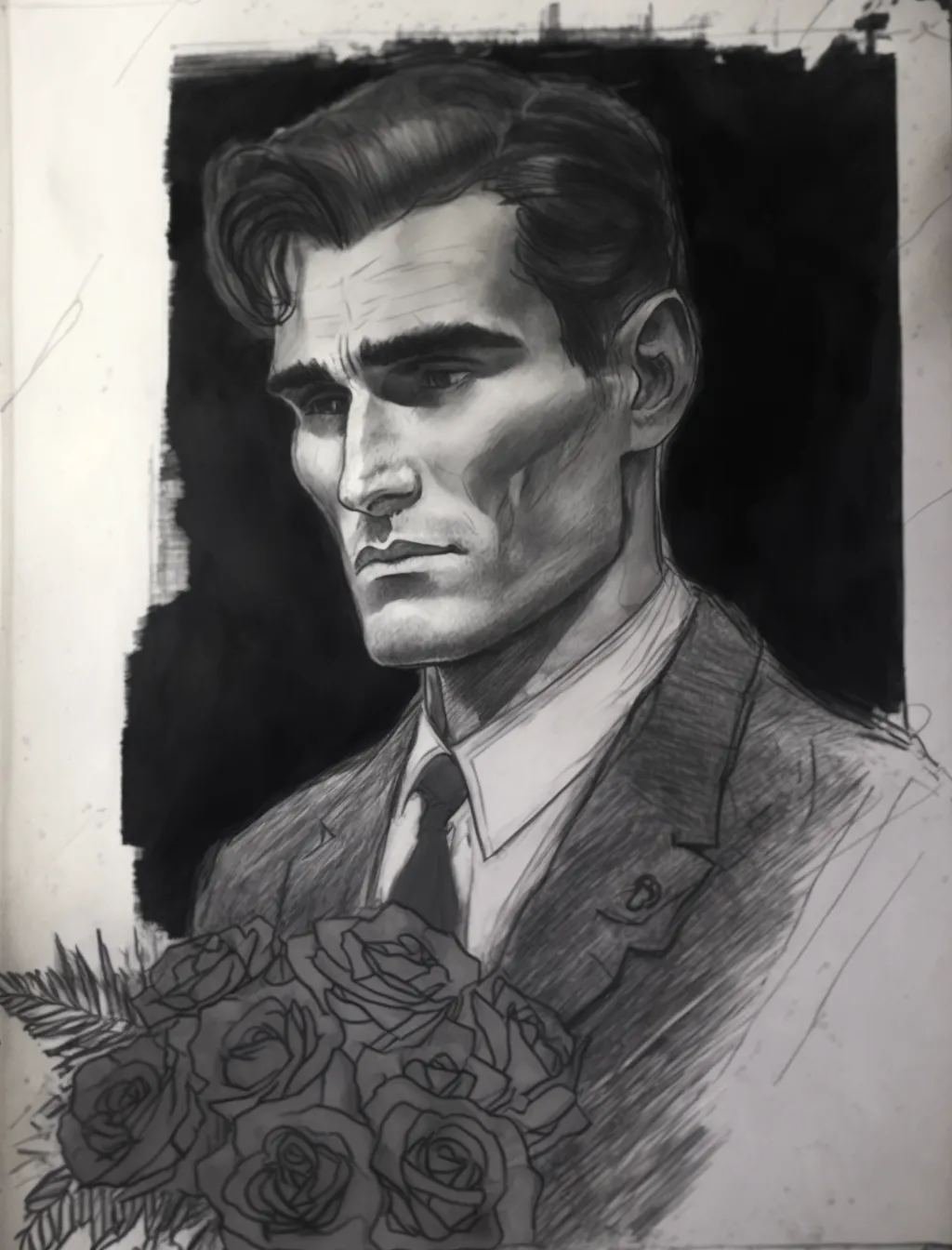
Soon after, the newlyweds moved to America, and Marian Yale took the Blooming Rose to her home in New Orleans, LA. It was then when the sculpture began to emit its particular pulsing glow, a curious feature that not only increased the beauty of the piece, but also left its owners and their guests utterly fascinated, unable to fathom where that light was coming from. When asked about the sculpture's peculiarity, Lindor and Linden answered with a silent smile, as they often did when people got curious about any of their masterpieces.
One December morning in 1965, Mrs. Marian Yale woke up to find the Blooming Rose, though still a magnificent piece, had lost its mysterious glowing light. One day later, she found out her estranged friend Wayland Forrester had died in a car accident in the outskirts of London. Since that moment, Mrs. Yale came to dislike the glass sculpture, so much so she gave it up for auction that same year.
The Blooming Rose came to the Ravensfield Collection in 1967. Some visitors claim to have seen its enigmatic glow, often newlyweds or couples in their golden years.
They all agreed the pulsing light made them feel so sad they had to hold on to their partners for the rest of the visit, and all the way back home.

